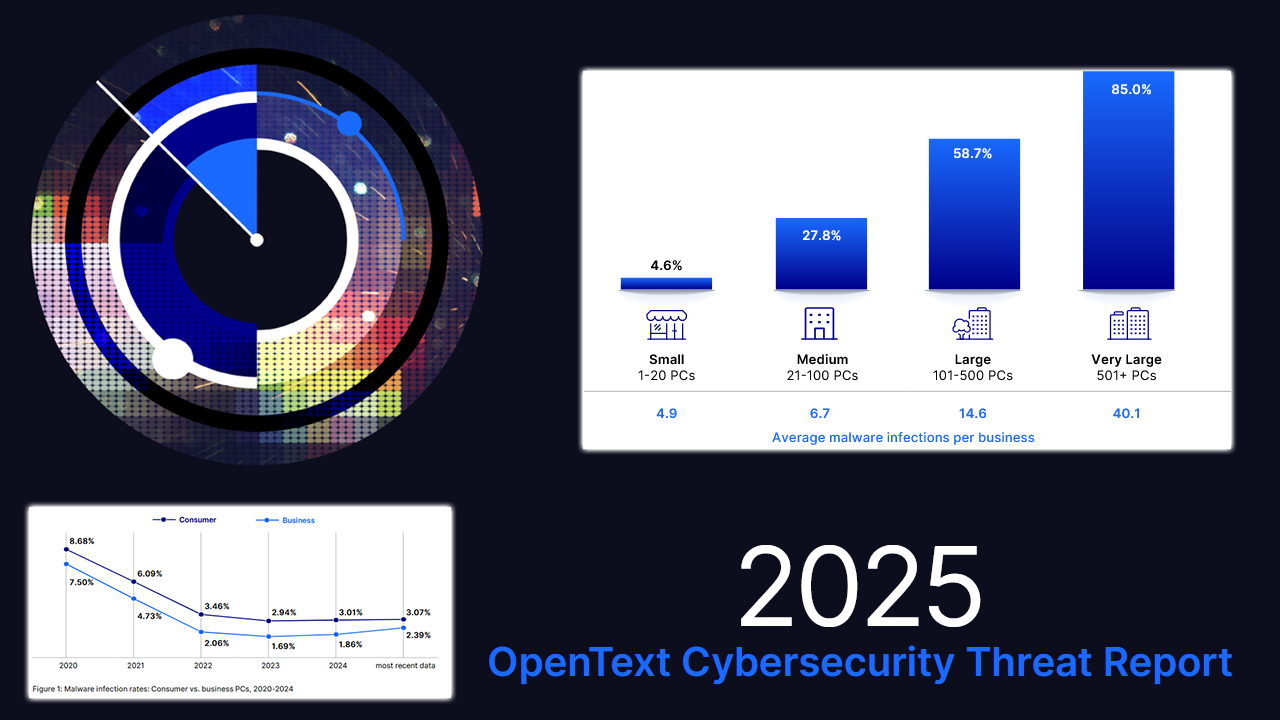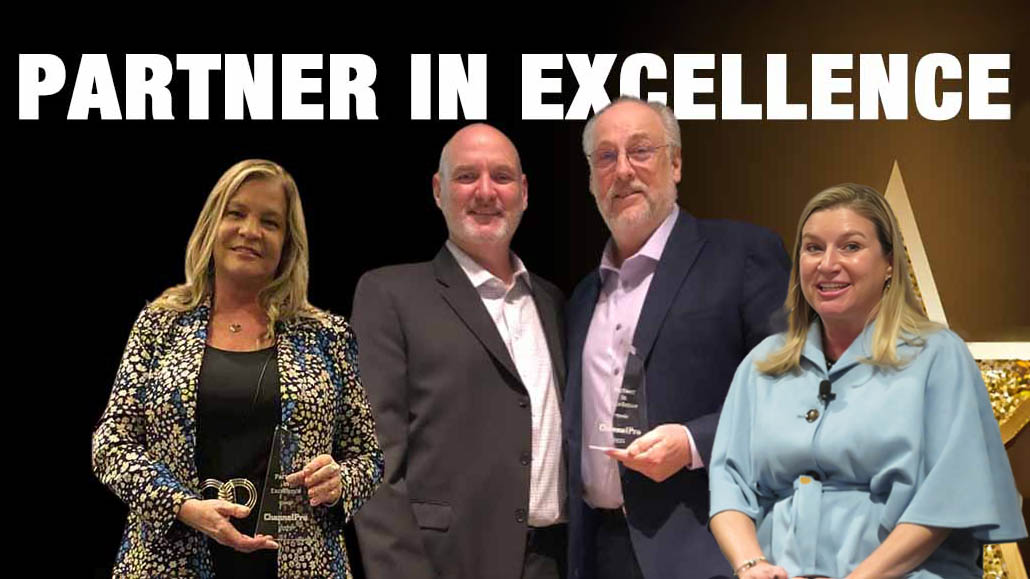If you aren’t familiar with a digital adoption platform (DAP), you should be. At a high level, a DAP is an overlay on an organization’s applications — like ERPs, CRMs, and SCMs, for instance. It helps guide application users through complex processes in real-time.
A DAP’s goal is to make learning how to use new and existing software intuitive and easy. Ultimately, it should pave the way for widespread, meaningful user adoption and greater ROI.
DAPs are becoming increasingly popular. According to Gartner data, roughly 70% of organizations will have DAPs in their tech stacks by 2025. This upward trend can greatly benefit IT service providers.
Demonstrable ROI
DAPs help customers achieve and demonstrate ROI from their software upgrades faster and more conclusively.
In fact, more than 80% of senior executives said their biggest challenge is convincing employees that new software is worth using. Most people prefer to keep using the tools they are familiar with. Additionally, adding a new software tool to an organization can prompt a cascade of employee emotions like the stages of grief — avoidance, confusion, frustration, and so on — no matter how useful the software may be.
User resistance is often the most challenging part of adopting new software. It’s also often overlooked or underestimated. DAPs provide a response to this problem before it even becomes one. DAPs offer in-the-moment training, so users feel supported and encouraged before they even begin using the software. This, in turn, leads to a reduction in emotional turmoil, achieving faster adoption and more demonstrable ROI.
Conveying an Unwavering Commitment to Customer Success
By proactively offering DAPs and presenting these offerings as an invaluable support mechanism that runs in tandem with their enterprise software, MSPs demonstrate their commitment to the success of a customer’s entire product lifespan. This also shows a deep understanding of customer needs in alignment with broader industry trends. When clients are satisfied with their investments, they often return to the same MSP. This is especially true as updates are made to the software, and, thus, to the DAP that supports it.
Increasing Revenue Streams
Many companies are concerned about maximizing the ROI of their new software investments. However, others don’t know if the investment is worth it in the first place. By underscoring the value of DAPs as an asset in the evolution of software, MSPs can expand their bottom line while managing any objections by bundling a DAP as an added value.

Krishna Dunthroori
Conveying this approach to clients who are hesitant about buying software for their tech stack is simple. Studies showed that successful software implementations involve well-planned and phased rollouts. They are built to prioritize core functionalities before gradually adding more modules that are less vital or immediately needed.
DAPs are designed to support this gradual approach by offering custom, unique training modules for every role, function, and user type. They all have the same goal in mind: providing a customized training experience that speeds software adoption and ROI.
DAPs have become most seamless way for organizations to drive higher levels of adoption by reducing user resistance and learning curves. For many MSPs, adding a DAP to their toolkit is as easy as bundling it with the corresponding software. Plus, it’s a step well worth taking.
Krishna Dunthoori is founder and CEO of Apty. Prior to founding Apty, Dunthoori worked as a principal architect and consulted Fortune 500 companies implementing software tech stacks.
Featured image: iStock














